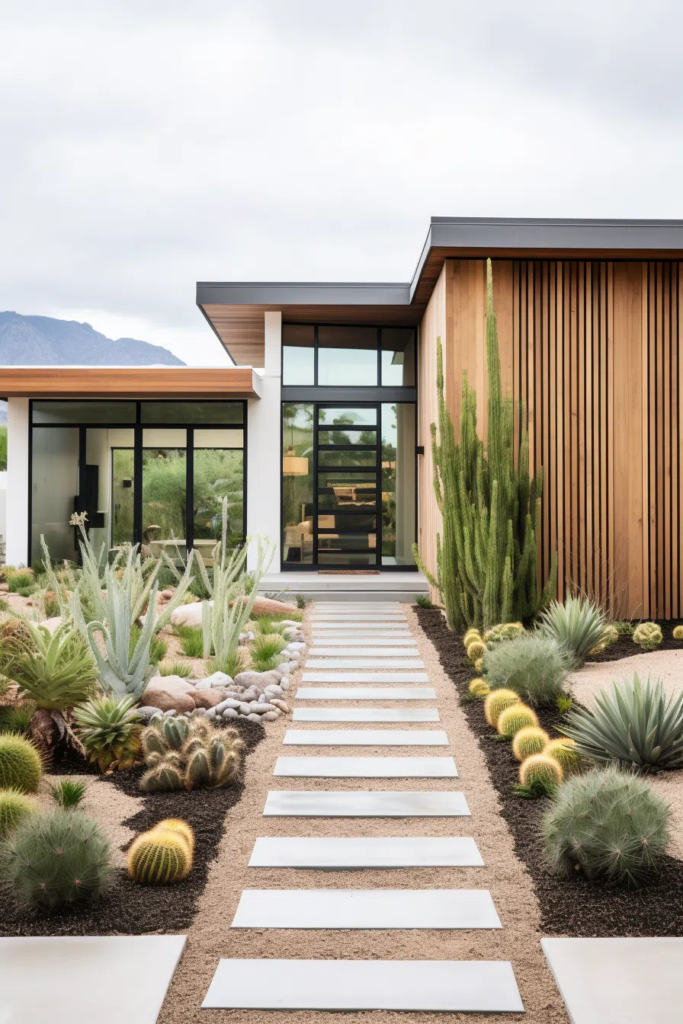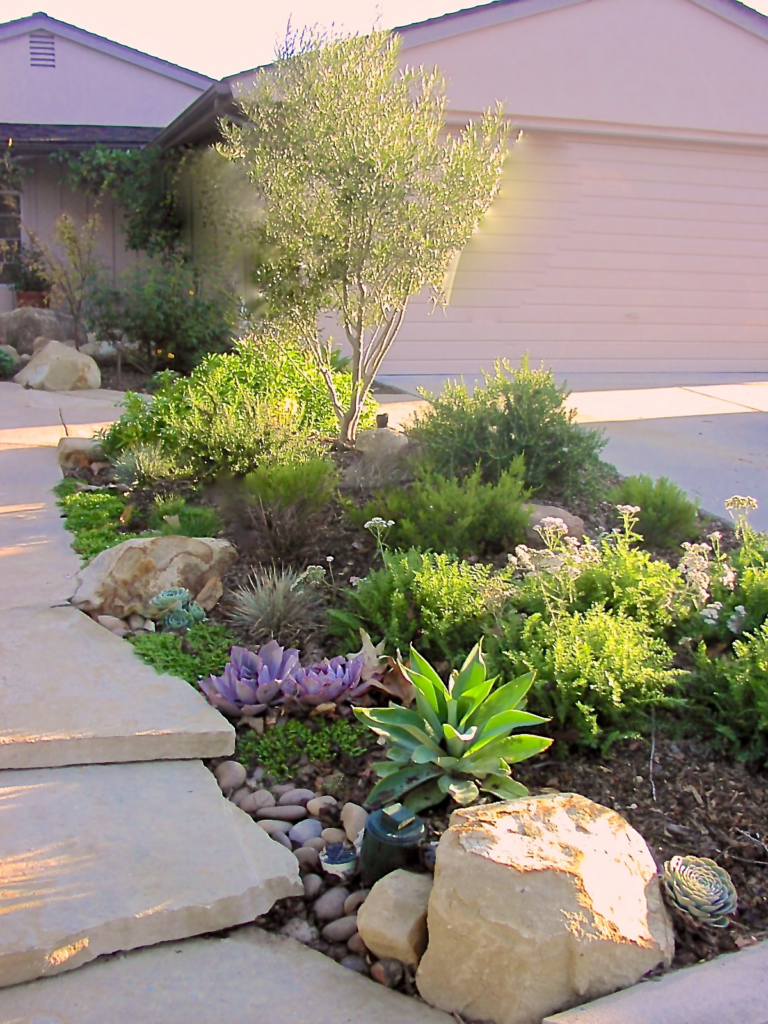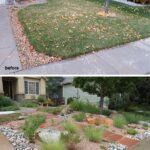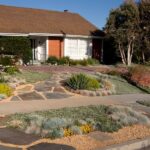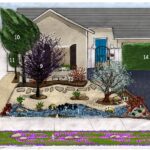Xeriscaping is a landscaping technique that focuses on using native, drought-resistant plants to create a low-maintenance and environmentally-friendly garden. Xeriscape front yards have become increasingly popular in arid regions where water conservation is a priority. By incorporating xeriscaping principles into your front yard design, you can create a beautiful and sustainable outdoor space that requires minimal water and maintenance.
One of the key benefits of xeriscaping your front yard is the significant water savings it offers. Traditional grass lawns require a large amount of watering to stay green and lush, especially in hot and dry climates. By replacing your lawn with drought-tolerant plants, you can drastically reduce your water usage and lower your monthly water bill. Xeriscaping can also help to prevent soil erosion and runoff, as the deep root systems of native plants help to hold the soil in place during heavy rains.
In addition to conserving water, xeriscape front yards are also low-maintenance and cost-effective. Native plants are well-adapted to the local climate and soil conditions, meaning they require less water, fertilizer, and pesticides to thrive. This can save you time and money on landscaping maintenance, as well as reduce your overall environmental impact. Xeriscaping your front yard can also increase your home’s curb appeal and property value, as the unique and colorful array of plants can create a visually striking and inviting entryway.
When designing a xeriscape front yard, it’s important to choose plants that are well-suited to your climate and soil conditions. Native plants are typically the best choice, as they are naturally adapted to the local environment and require minimal intervention to thrive. Drought-resistant plants such as lavender, yucca, and agave are popular choices for xeriscape gardens, as they can withstand dry conditions and still provide a vibrant and attractive landscape. Mulching your garden beds can also help to retain moisture and suppress weeds, further reducing the need for water and maintenance.
To further enhance the sustainability of your xeriscape front yard, consider incorporating water-saving features such as rain barrels, drip irrigation systems, and permeable paving. Rain barrels can collect and store rainwater for later use in watering your plants, while drip irrigation systems deliver water directly to the roots of your plants, reducing evaporation and runoff. Permeable paving materials such as gravel or pavers allow rainwater to seep into the ground rather than running off into storm drains, helping to recharge local groundwater supplies. By thinking strategically about water usage and conservation, you can create a xeriscape front yard that is both beautiful and environmentally responsible.

